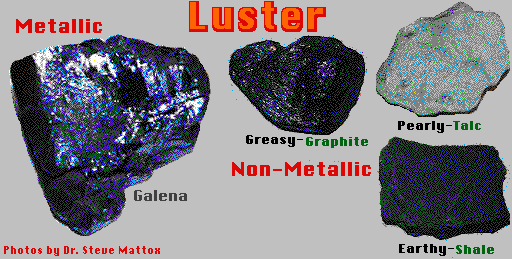Classification of elbow dislocations - OrthopaedicsOne.
Congenital luxation (displacement of a bone from a joint) of the elbow in dogs typically occurs in the smaller breeds and may be a complete dislocation or dislocation of the radial head (top of the bone, just above the elbow) with the ulnar joint intact or with the ulna partially dislocated.
Classification. Elbow dislocations are generally described according to the position of the radius and ulna in relation to the humerus after injury. Based on this, they are classified into five types: Posterior (most common) Anterior; Medial; Lateral; Divergent (radius and ulna are dislocated in different directions in relation to humerus) Complex or simple. Complex dislocations are.

An elbow luxation, like any dislocation of a joint, is a very painful injury that will cause a cat to be unable to use the injured limb. These dislocations often occur as the result of a traumatic experience such as being hit by a car, being attacked by a larger animal, or falling from an extreme height.

Traumatic luxation of the elbow is a rela-tively uncommon injury in dogs 1. The ma-jority of elbow luxations can be treated by closed reduction 2. Early closed reduction of traumatic luxation of the elbow (TEL) has a good prognosis for return to normal function 3, 4. Persistent instability following closed reduction of TEL is common and leads to.

A joint dislocation, also called luxation, occurs when there is an abnormal separation in the joint, where two or more bones meet. A partial dislocation is referred to as a subluxation.Dislocations are often caused by sudden trauma on the joint like an impact or fall. A joint dislocation can cause damage to the surrounding ligaments, tendons, muscles, and nerves.

Congenital elbow luxation is a polygenic genetic disease of dogs characterized by lateral rotation of the proximal ulna and subluxation or luxation of the humeroulnar joint. The cause of this condition is unknown, although some reports suggest an underlying hypoplasia or aplasia of the elbow ligaments, in particular the medial collateral ligament. A breed predisposition has been noted in the.

Elbow luxation (dislocation) develops from a disruption of the normal alignment of the three bones that make up the elbow: the humerus (upper arm bone) and the radius and ulna (bones of the forearm). For a luxation to occur, the major ligaments (collateral ligaments) of the elbow must be torn. Causes Elbow luxation occurs in dogs and cats (rarely) as a result of severe trauma, such as being.

Luxation of both the shoulder and elbow joints are relatively uncommon when compared with those of the hip. However, they are similar in being associated with high morbidity if not dealt with in an appropriate manner. This presentation will aim to consider both developmental and traumatic luxation of the shoulder and elbow joints. In the case of developmental shoulder luxation the focus will.

It is unknown how dogs do after a traumatic elbow luxation is treated. Veterinarians in the UK evaluated the medical records of 37 dogs that were treated for a traumatic elbow luxation. Most of the dogs had vehicular accidents (were hit by a car) and 7 of them had post-operative complications including re-luxation (meaning the elbow came out of joint again after being put back in). Dogs with.

Elbow subluxation is a common injury in toddlers and preschool children. It is most common when children are swung, pulled, or lifted with the arm at full length. It is especially common if kids are yanking their arms against the pull. The injury also happens sometimes with falls. What are the symptoms? The main symptom of elbow subluxation is refusal to use the affected arm. Kids will usually.

A luxating patella, or trick knee in layman's terms, is a condition in which the patella, or kneecap, dislocates or moves out of its normal location. Patellar luxation is a common condition in dogs, particularly small and miniature breeds.The condition usually becomes evident between the ages of 4 and 6 months. It can occur in cats, as well, especially domestic short-haired cats.

This case report details a caudal unilateral traumatic elbow luxation in a 4-year-old male neutered Labrador following a road traffic trauma. This is a highly unusual injury in the dog. The pathogenesis and successful treatment by closed reduction followed by stabilisation with a temporary transarticular external skeletal fixator are discussed. The dog was assessed at 4 weeks and 6 months.

Exercises for an Elbow Dislocation By Adam Fonseca Suffering an elbow injury the magnitude of a joint dislocation can be very painful and debilitating. Most patients will need to undergo some form of physical therapy in order to fully recover from this injury completely and appropriately. By following a few simple elbow exercises, you can decrease the amount of recovery time needed to bounce.



